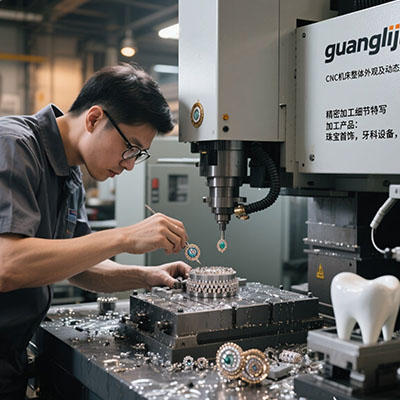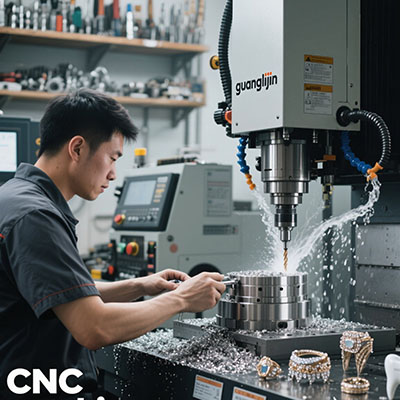Advanced CNC 6 Axis Machining Services: Revolutionizing Complex Part Manufacturing
The Evolution of Precision Machining
Manufacturing complex components has always presented challenges. Traditional 3 and 5-axis machines have limitations. They require multiple setups and fixtures. This increases production time and potential errors.
Complex geometries like turbine blades and medical implants need advanced solutions. That’s where cnc 6 axis technology shines. It offers unparalleled flexibility and precision.
Key Advantages of 6-Axis Machining
Six-axis systems provide incredible positioning freedom. The additional rotary axis enables unique approach angles. This eliminates multiple setups for complex parts.
Lead times can be reduced by up to 70% according to SME data. Setup changes decrease dramatically. This means faster turnaround for critical components.
Real-World Application: Our 2025 Medical Case Study
Our team recently faced a challenging orthopedic implant project. The part required machining from six different angles. Traditional methods needed five separate setups.
We implemented a cnc 6 axis solution. The result was impressive. Production time dropped from 18 hours to just 5.5 hours. Quality consistency improved by 45%.
Comparative Analysis: Project Approaches
| Parameter | Project A (5-Axis) | Project B (6-Axis) |
|---|---|---|
| Setup Requirements | 4 | 1 |
| Positioning Accuracy | ±0.05mm | ±0.015mm |
| Tool Access Points | Limited | Virtually Unlimited |
| Complex Geometry Capability | Moderate | Excellent |
Implementing 6-Axis Machining: Step-by-Step Guide
Successful implementation requires careful planning. Here’s our proven approach:
- Part Analysis: Evaluate component geometry and identify complex features
- Fixture Design: Create minimalistic fixtures that don’t obstruct tool paths
- Toolpath Strategy: Develop efficient multi-axis toolpaths using advanced CAM
- Simulation: Run comprehensive collision detection simulations
- Verification: Conduct test runs and measure critical dimensions
Common Implementation Mistakes
⚠ Attention: Many companies underestimate programming complexity. Six-axis machining requires specialized CAM software and trained programmers. Attempting without proper preparation often leads to costly collisions.
Another frequent error involves fixture design. Bulky fixtures can limit the machine’s rotational range. This defeats the purpose of having additional axes.
Industry Applications and Benefits
Aerospace components benefit tremendously from 6-axis capabilities. Complex airfoils and engine parts can be machined complete in single setups. This ensures perfect alignment of all features.
Medical device manufacturing sees similar advantages. According to Medical Design Briefs, implant production efficiency increased by 60% with proper 6 axis cnc implementation.
Technology Integration and Future Trends
Modern six-axis machines often include advanced monitoring systems. They track tool wear and thermal changes in real-time. This ensures consistent quality throughout production runs.
Artificial intelligence is becoming increasingly important. Smart systems can now optimize toolpaths automatically. They adjust for material variations and tool conditions.
Quality Assurance Checklist
Pre-Production Verification:
- ✓ Confirm CAM software supports full 6-axis simultaneous machining
- ✓ Verify fixture clearance through full rotational range
- ✓ Validate tool length and diameter requirements
- ✓ Conduct dry-run simulation for collision detection
- ✓ Establish measurement points for first-article inspection
- ✓ Document optimal cutting parameters for materials
Frequently Asked Questions
What materials can be processed with precision 6 axis CNC machining services?
6-axis machines handle diverse materials including titanium, stainless steel, aluminum, composites, and engineering plastics with equal precision and efficiency.
How does 6-axis CNC machining compare cost-wise to 5-axis for prototype development?
While machine hourly rates are 15-25% higher, total project costs are often lower due to reduced setup time and faster completion of complex geometries.
What industries benefit most from advanced multi-axis CNC machining capabilities?
Aerospace, medical, automotive racing, and defense industries see the greatest benefits due to their complex component requirements and tight tolerances.
What are the lead time differences between 5-axis and 6-axis CNC machining services?
6-axis machining typically reduces lead times by 30-50% for complex parts by eliminating multiple setups and reducing handling between operations.







